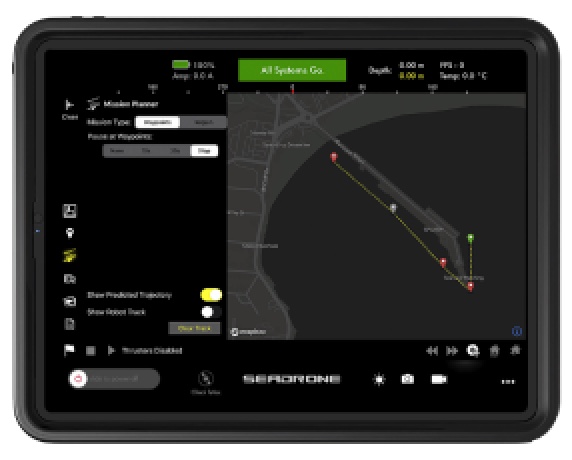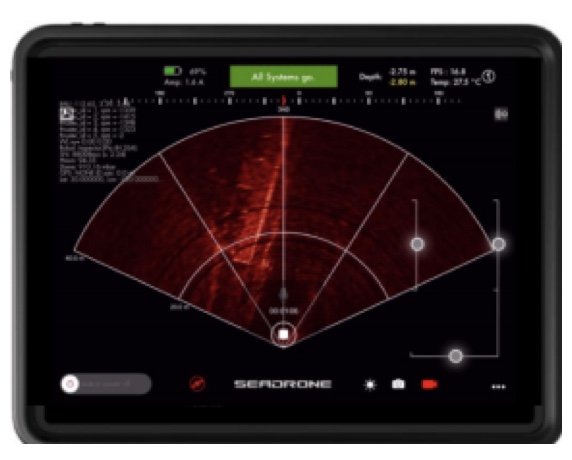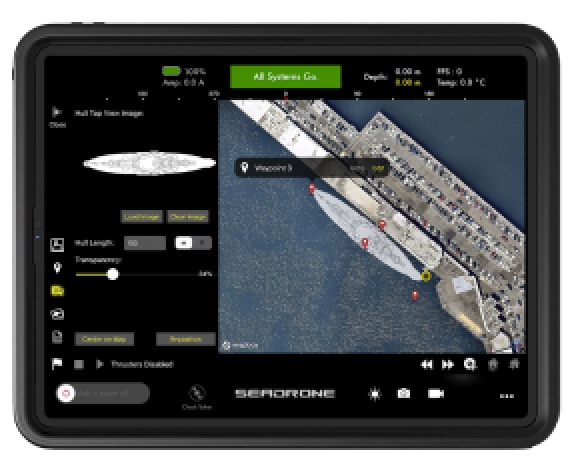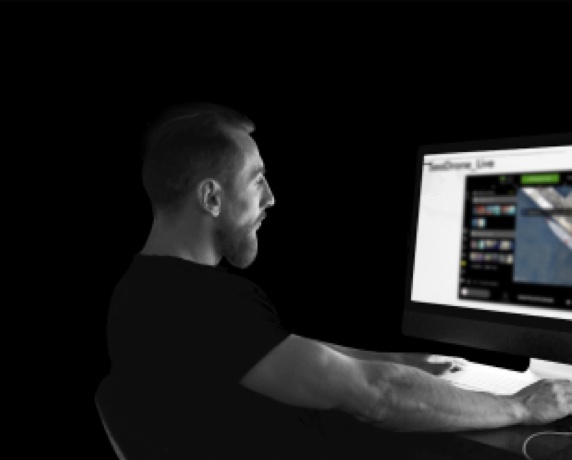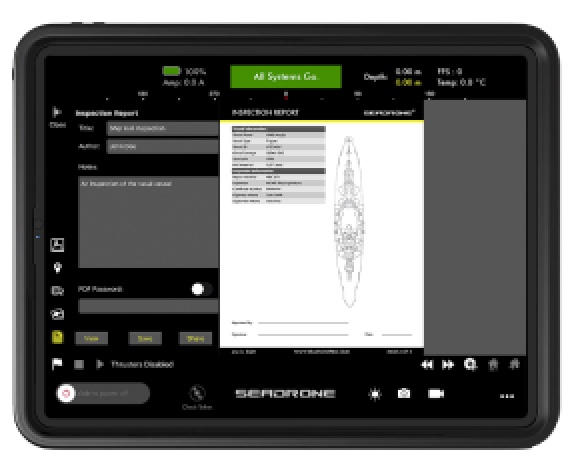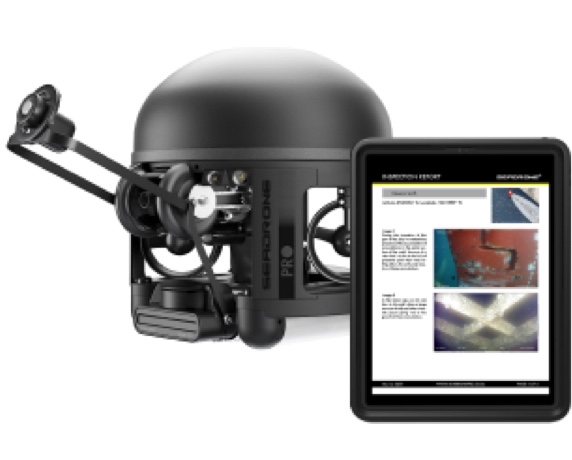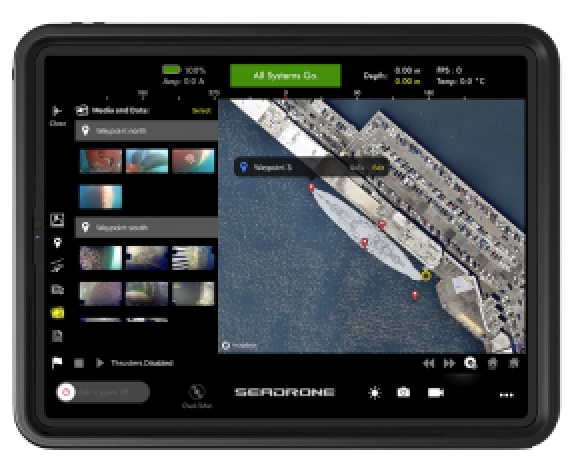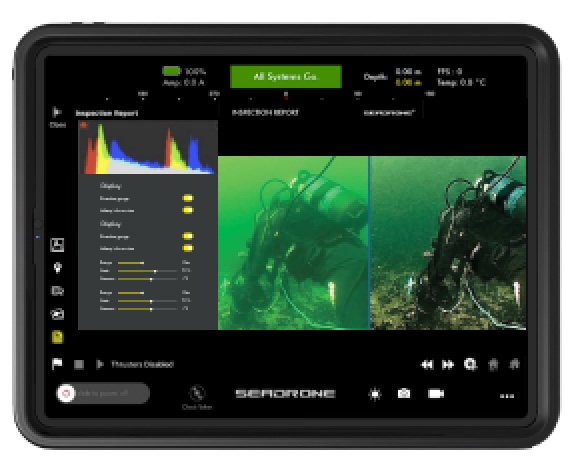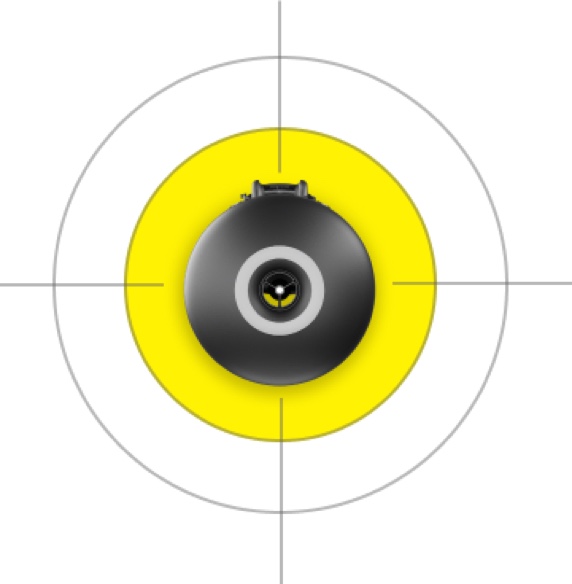On March 31, 2017, the Stellar Daisy sunk off the coast of Uruguay on its journey from Brazil to China. She was the largest ship to sink in recorded history. Devastatingly, she took 22 of her crew’s lives with her.
In April 2019, the Republic of the Marshall Islands released a report that concludes its investigation into what caused the loss of buoyancy and uncontrolled flooding that took down the Stellar Daisy.
The report pointed to the structural failure of the Stellar Daisy’s ship hull that was likely a result of material failure, corrosion, and unidentified structure defects, among other reasons.
This cautionary tale is a stark reminder of the importance of frequent ship hull inspections.
More and more ship hull inspection companies are moving towards using ROVs to inspect hulls rather than relying on human divers.
Why would these companies prefer ROVs to divers?
There are numerous health and safety advantages that ROVs can provide over human divers. In addition to these advantages, this article will also analyze how ROVs have an advantage over human divers from a speed and cost perspective.
The Health and Safety Advantages of Using ROVs
1. Collisions
Ship hull inspections can be dangerous for divers because a port is a very dangerous place. There are tankers loading and unloading throughout the day and night. Support boats are zipping through the water to supply cargo and fuel to commercial ships and performing maintenance. All of this traffic means the risk of a ship colliding into a diver can be very high.
2. Currents
One way that port authorities try to reduce the risk of a ship-to-human collision in their port is to ask the ships to anchor a mile from the port. While this avoids the bad publicity that might be caused at the port in the event of a collision, it can place bigger risks on the human divers inspecting a ship hull at anchorage far from shore. The stronger currents can wash divers into the sea where they risk drowning.
3. Bends
Even if the harm from collisions and currents can be mitigated, the rapid pressurization and depressurization inherent in diving to 12 meters or deeper to perform ship hull inspections can take a toll on divers’ bodies, especially causing conditions such as decompression sickness (commonly called “the bends”) and arterial gas embolism. For more information, refer to the US Navy Decompression Tables and the National Association of Underwater Instructors (NAUI) Dive Table Review.
While it is very important to acknowledge the health and safety concerns of using human divers for inspection, these are common arguments that you have likely already considered.
Therefore, the next section of this article will explore the arguments for preferring ROVs over human divers based on speed and costs. Let’s look at the reasons why you might still prefer using ROV inspections outside of health and safety concerns.
The Speed and Cost Advantages of Using ROVs
Speed of deployment
If there is one hour or less to perform an inspection, an ROV can complete the mission much faster than human divers for 3 main reasons:
1. Divers take longer to inspect the ship hull because there are usually several divers that switch out
A typical inspection will operate with 3-4 divers. One diver usually serves as the main diver, and there are usually at least three other divers present for support. It is common for the divers to swap roles because they’re not allowed in the water for very long or need a break. The transition can consume precious time, which slows down the mission.
2. ROVs don’t require a lot of permitting and paperwork
When the inspection is performed by a diving team, the morning of the inspection is filled with paperwork. The inspection company has to ensure all the correct paperwork is present to show the port authority because human lives are at stake.
All the dive equipment also comes at a big cost to inspect and maintain. To abide by the safety regulations, tank equipment needs to be inspected. Since port authorities are typically regulated by the government, if there is a fatality, then there is a huge amount of paperwork for the port authority and the inspection company in addition to a bad reputation. Not only do you have to deal with the tragedy of the fatality but investigations will have to take place, as the Stellar Daisy story reminds us.
3. Divers require more communication to know what footage to capture
For an inspection to be successful, the crew needs to know how to take a representative sample of data to correctly inspect the ship hull. When working with divers, there has to be a lot of communication with the dive crew to make sure the inspection company communicates thoroughly about what footage it needs to deliver to the client.
For example, they may discuss what photos the divers have to take, what inspections they have to perform, from what angles, and how long they allowed to be down there.
Once the divers are submerged, it is very difficult to communicate with them.
When there is an hour or less to perform the inspection, the ROV can deploy much more rapidly than a human diving crew.
Opportunity for deployment
In addition to the advantages of rapid inspections, the ROV provides an extra benefit of being able to go out into the water to perform an inspection when the currents are higher than 1 knot.
Inspections have to happen regardless of the weather and water conditions. It is not always possible to have perfect conditions. When there are rough waters, human divers are not allowed to inspect if the current is greater than 1 knot.
On the other hand, some ROVs are designed to handle cross currents greater than 1 knot don’t need to wait for the water to settle down. The inspection team can still deploy them and get the job done by the deadline.
When does it make sense for a human diver?
To be sure, not every mission can be done with ROVs.
Humans still have a role in inspections.
There could be inspections that are too challenging for a robot because they require maneuverability or dexterity that only a human can do.
There could be repairs that only a human can perform.
There could be cleaning and welding tasks that only a human can perform.
There could be search and rescue missions that require human intelligence where a robot cannot substitute.
In these and many other cases, it can make sense to send a human dive crew to perform the inspections and repairs.
Summary
In reality, humans will never be replaced by ROVs. There will be many tasks that require human maneuverability and dexterity. However, there are more and more tasks, including ship hull inspections, where ROVs can outperform humans from a health and safety as well as speed and cost perspective.
We, at SeaDrone, are extremely happy to be protecting human lives while offering a more cost-effective and time-efficient tool to help you run your business better.
Learn more about the latest Inspector vehicle at SeaDronePro.com.
